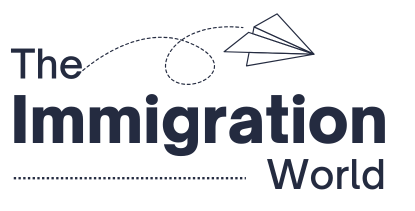Australia: home to kangaroos, breathtaking beaches, and a healthcare system that makes sense. If you’ve ever dreamed of making your Aussie stay permanent, you’re not alone. Each year, thousands of hopeful migrants apply for Australian Permanent Residency (PR)—and for good reason.
Key Takeaways
From top-notch education to a high quality of life, Australia is one of the most desirable destinations for skilled workers, students, and families seeking a fresh start. But while the dream is beautiful, the process to get PR can feel like trying to decode a GPS in the Outback, with the patchy signal.
This guide breaks down how you can obtain permanent residency in Australia in 2025 through various pathways, focusing mainly on the points-tested General Skilled Migration (GSM) system.
What Is Permanent Residency in Australia?
Permanent Residency (PR) allows non-citizens to live, work, and study in Australia indefinitely. PR holders enjoy many of the same rights and benefits as citizens, including access to Medicare (Australia’s public healthcare system), the ability to sponsor family members, and eventually, eligibility for Australian citizenship.
While PR doesn’t come with voting rights or an Aussie passport (yet), it’s a major stepping stone toward full integration into Australian life.
Key Pathways to Australian PR
There’s no one-size-fits-all route to Australian PR. Your visa options depend on your skills, occupation, qualifications, and circumstances. The main routes include:
- General Skilled Migration (Points-Based System)
- Employer-Sponsored Visas
- Family and Partner Visas
- Global Talent Visa
- Business and Investment Visas
While each of these deserves its spotlight, the General Skilled Migration stream is the most popular, so let’s dive deep into that one first.
The General Skilled Migration (GSM) Program
If you’re a skilled worker with qualifications and experience in an occupation listed on Australia’s Skilled Occupation List, this is likely your golden ticket. The GSM stream includes three main visa subclasses:
1. Subclass 189 – Skilled Independent Visa
This visa doesn’t require sponsorship by an employer or state/territory. It’s ideal for skilled individuals who want to live and work anywhere in Australia.
2. Subclass 190 – Skilled Nominated Visa
To apply, you must be nominated by an Australian state or territory. This visa is still permanent, but it ties you to your nominating region for at least the initial settlement period.
3. Subclass 491 – Skilled Work Regional (Provisional) Visa
This is a 5-year temporary visa that leads to PR if you live and work in a designated regional area for at least 3 years and meet income requirements.
Australia’s Points System Explained (2025)
To apply under the GSM program, you’ll first need to submit an Expression of Interest (EOI) through SkillSelect. Your EOI is scored using a points-based system, and only candidates with competitive scores receive invitations to apply.
Here’s how the points break down:
- Age (maximum 30 points): Best scores go to applicants aged 25–32.
- English Language Proficiency (up to 20 points): High IELTS/PTE scores = more points.
- Skilled Employment Experience (up to 20 points): Both Australian and overseas work experience count.
- Education Qualifications (up to 20 points): Higher degrees earn more.
- Australian Study Requirement, Credentialed Community Language, and Regional Study can also earn extra points.
- Partner Skills, Professional Year, or State Nomination add valuable bonus points.
You’ll generally need a minimum of 65 points to lodge an EOI, but realistically, competitive occupations often require 85+ to stand out.
The PR Application Process: Step-by-Step
Let’s walk through the process for applying under the Skilled Migration Program:
Step 1: Check the Occupation List & Get Skills Assessed
Start by checking if your occupation appears on the Skilled Occupation List. Then, have your qualifications assessed by the relevant Assessing Authority (e.g., Engineers Australia, ACS, VETASSESS). This step is non-negotiable and sets the foundation for your application.
Step 2: Take an English Language Test
Even if you’re fluent, you’ll need to prove it. Most applicants sit the IELTS or PTE Academic. Aim for a ‘Proficient’ or ‘Superior’ score to boost your points.
Step 3: Submit Your Expression of Interest (EOI)
Log in to SkillSelect and submit your EOI. There’s no fee for this step. Your EOI will remain valid for 2 years while you wait for an invitation to apply.
Step 4: Wait for an Invitation
Invitations are issued during regular selection rounds. High-scoring EOIs get picked first, so it pays to maximise your points.
Step 5: Apply for the Visa
Once invited, you have 60 days to lodge your full application online through the Department of Home Affairs website.
Step 6: Health & Character Checks
You’ll need to complete medical exams and provide police clearance certificates. These ensure you meet Australia’s health and character requirements.
Step 7: Receive Visa Grant & Celebrate!
Once approved, your visa is electronically linked to your passport. Welcome to the permanent resident club.
Costs Involved (2025 Estimates)
Applying for Australian PR isn’t free, but it’s a long-term investment in your future. Here’s a rough breakdown:
- Primary applicant visa fee: AUD $4,640
- Secondary applicant (partner): AUD $2,320
- Dependent child: AUD $1,160
- Skills assessment fee: Varies by profession (~AUD $500–1000)
- English test (IELTS/PTE): ~AUD $350
- Medical + police checks: AUD $300–500
Note: Fees can change. Always check the official DHA site before applying.
Other PR Pathways Worth Knowing
While Skilled Migration is the main avenue, many applicants find success through alternative routes:
- Employer Nomination Scheme (subclass 186): Requires sponsorship from an Australian employer. Great for those already working in Australia.
- Partner or Family Visas: Available if you have an Australian citizen or PR partner.
- Global Talent Visa (subclass 858): Fast-track PR for highly accomplished individuals in tech, science, or research fields.
- Business Innovation and Investment (subclass 188): For high-net-worth individuals who want to invest in or start a business in Australia.
Final Thoughts: Is Australia PR Worth It?
Absolutely. Permanent residency in Australia isn’t just a status—it’s a launchpad to stability, opportunity, and a lifestyle that blends work-life balance with beautiful beaches and barbies on the weekend.
Whether you’re applying through the points-tested system or via a job offer, the journey requires patience, planning, and paperwork. But once you’re in, you’ll gain access to everything that makes Australia one of the most liveable countries in the world.





